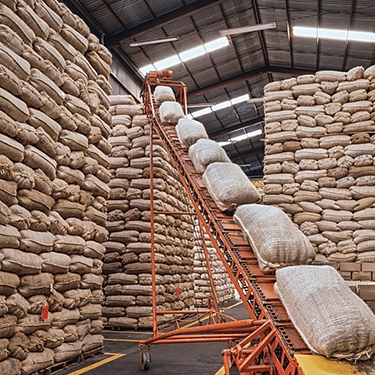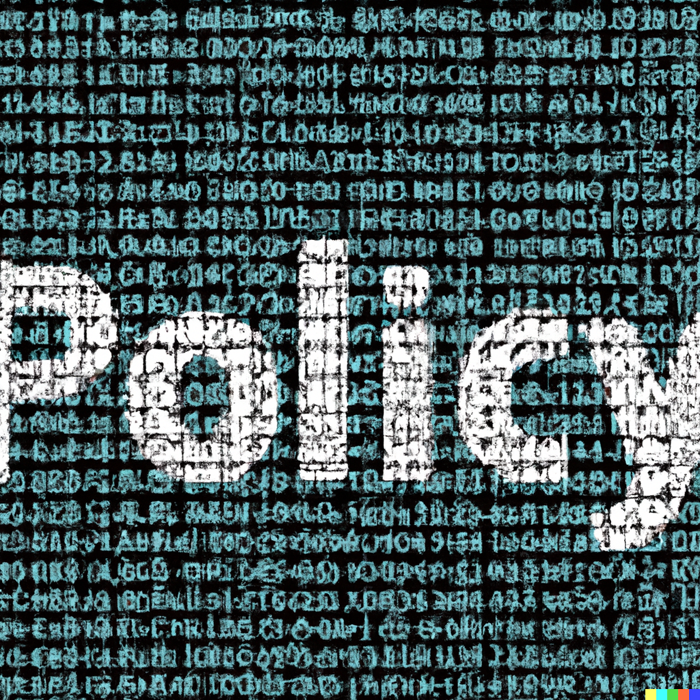Infrastructure investment due diligence

On behalf of a Canadian oilseed processer WPI's team provided market analysis, econometric modeling and financial due diligence in support of a $24 million-dollar investment in a Ukrainian crush plant. Consistent with WPI's findings, local production to supply the plant and the facility's output have expanded exponentially since the investment. WPI has conducted parallel work on behalf of U.S., South American and European clients, both private and public, in the agri-food space.

 Europe Pivot Point EU leaders will hold a very pivotal meeting tomorrow covering a range of issues including the use of Russian assets and security guarantees for Ukraine, and a trade agreement with Mercosur. More importantly, their reputations are at risk. President Trump predicts Europe&rsquo...
Europe Pivot Point EU leaders will hold a very pivotal meeting tomorrow covering a range of issues including the use of Russian assets and security guarantees for Ukraine, and a trade agreement with Mercosur. More importantly, their reputations are at risk. President Trump predicts Europe&rsquo...
 WPI Grain Prices and Freight Rate App Note: you can also visit the app directly by clicking here. Supplemental Information The section below offers a concise view of the options available in the current version of the WPI FOB Price and Freight Rate app, along with a short “How To”...
WPI Grain Prices and Freight Rate App Note: you can also visit the app directly by clicking here. Supplemental Information The section below offers a concise view of the options available in the current version of the WPI FOB Price and Freight Rate app, along with a short “How To”...
 Regional News Farmer selling stayed limited across much of Europe last week as low flat prices, year-end cash-flow planning, and holiday-period logistics reduced the appetite to move tonnage. The practical impact was a thinner spot market: bids softened on paper, but physical values in se...
Regional News Farmer selling stayed limited across much of Europe last week as low flat prices, year-end cash-flow planning, and holiday-period logistics reduced the appetite to move tonnage. The practical impact was a thinner spot market: bids softened on paper, but physical values in se...
 European Revival The transatlantic relationship is rapidly evolving and the story is told by some recent headlines… The U.S. has already swamped Europe with its technology and now it wants to own the EU’s energy market as well. European diplomats in Washington message the Tr...
European Revival The transatlantic relationship is rapidly evolving and the story is told by some recent headlines… The U.S. has already swamped Europe with its technology and now it wants to own the EU’s energy market as well. European diplomats in Washington message the Tr...